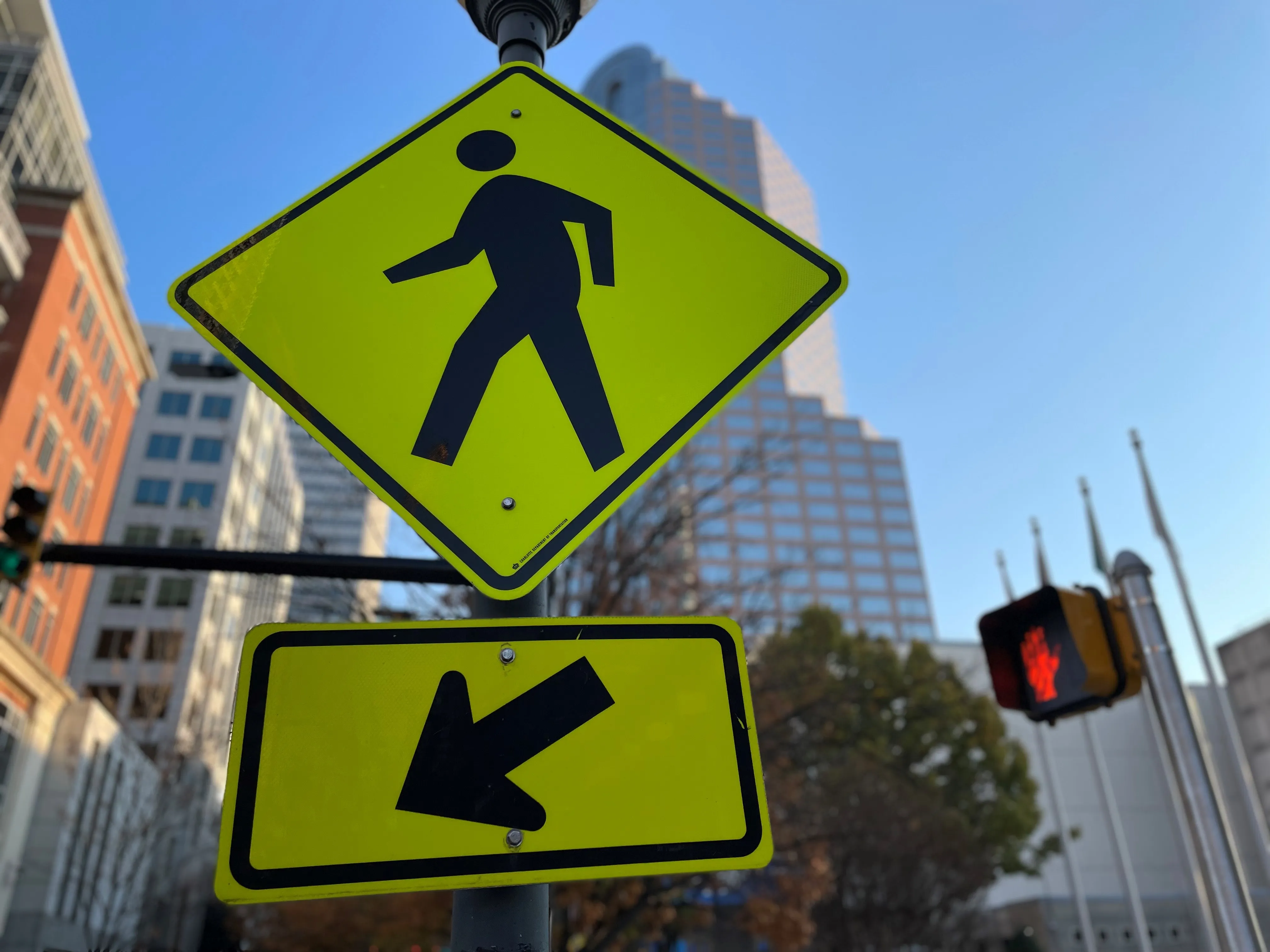
Since the dawn of the automobile age a century ago, Americans have not been noted as the most enthusiastic of pedestrians. But now they are really falling out of love with walking. That’s the clear message from new research by StreetLight Data, which suggests that annual average daily walking trips in the US dropped by 36% nationwide from 2019-22.
This is a “significant and universal decline”, StreetLight says. What makes that figure even more remarkable is that pedestrian fatalities actually increased over the same period, according to the Governors Highway Safety Association’s Pedestrian Traffic Fatalities by State report - meaning that safety has got worse.
Complex picture
Meanwhile, StreetLight’s Walking in America: Metro & Statewide Pedestrian & Mode Share Trends shows that the percentage of trips taken by active transportation (i.e. walking and cycling) dropped to 10% last year, down from 14% in 2019. That said, bicycle activity is increasing as a share of all trips. It’s a complex picture.
The survey of the 100 largest US metro areas contains information which is potentially useful for city authorities and planners. In all of them, walking trips declined over the three-year period by at least 20%. Of the larger areas, New York City, San Francisco and Boston have the highest share of trips taken via an active transportation mode – while Houston, Dallas and Atlanta saw some of the smallest.
Among the largest 25 states by population, New York, New Jersey and Massachusetts see the highest share of trips taken via active transportation while Louisiana, Tennessee, and Alabama are at the other end of the scale.
StreetLight says walking has been “starting to stabilise nationally” since 2021, with several metro areas – primarily with dense downtowns such as Washington, DC - seeing an increase in 2022.
Weather factor
Interestingly, weather is a factor, with the decline in walking sharpest in the most inclement regions. Metros in Florida, California, Arizona and Nevada saw relatively small reductions.
This may indicate that the reduction in overall pedestrian activity “is largely a reduction in ‘utility trips’ (e.g. walking to get lunch downtown during a workday), and less due to reduction in ‘recreational’ trips such as going for a walk with friends”, StreetLight says.
But this could be a problem: “The concentration of smallest declines and biggest increase reversals in warm weather locations is a cause for concern… because it suggests that walking is increasingly functioning as a mode of recreation and pleasure, rather than a mode of utility.”
Why is all this happening? A greater emphasis on remote working since Covid, and the resulting emptier downtowns are “likely pulling back pedestrian activity”. But the authors admit that it’s one thing understanding that a downward trend exists and quite another suggesting what should be done about it.
“The pandemic seems to have had an obvious impact — but crafting policies and plans to improve active mode share will require more detailed understanding of the mechanisms of change, and how it varies across the US and within individual metro areas,” they say.
StreetLight adds that it will attempt to probe these questions further in future research.
Active travel data is often scarce, says Laura Schewel, StreetLight CEO and VP of transportation software at parent company Jacobs.
"We hope that localities can use trends to help re-focus their resources,” she says. “In most places, the changes are significant and vary between urban and suburban areas. This indicates that localities might get bigger impact expending pedestrian investments beyond the normal boundaries, and updating assumptions about how to increase walking.”








